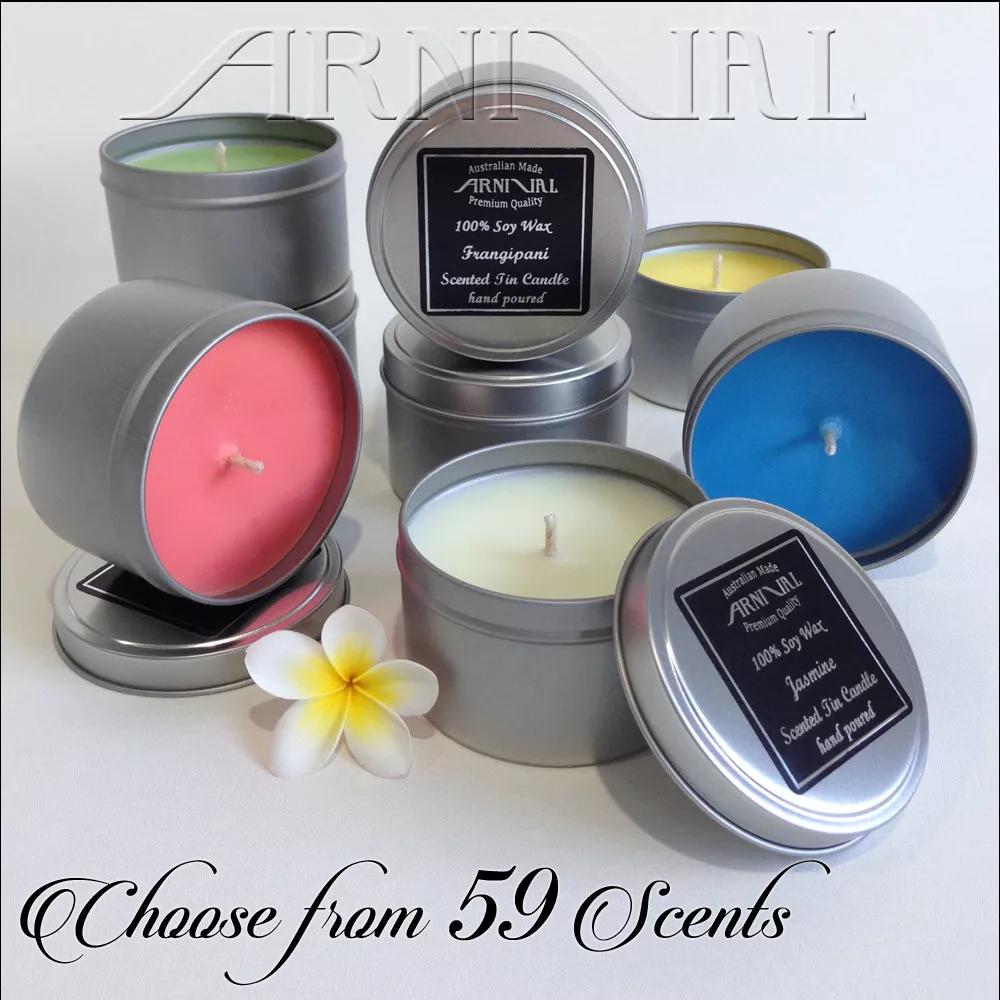Explore the Magic of Crystal Soy Candles and Home Fragrance
Explore the Magic of Crystal Soy Candles and Home Fragrance
Blog Article
From Wick to Wax: Understanding the Chemistry Behind Soy Wax Candles and Their Environmental Impact
As we illuminate our spaces with the cozy radiance of candles, there lies a world of complex chemistry behind the relatively easy act of lighting a soy wax candle light. Join us as we decipher the clinical intricacies behind soy wax candle lights and discover their effects on our atmosphere.
Soy Wax Vs. Paraffin Wax
When comparing soy wax and paraffin wax for candle light making, it is vital to comprehend the distinct qualities and benefits of each material. Soy wax is a natural, renewable energy derived from soybean oil, making it green and biodegradable - home fragrance. In contrast, paraffin wax is a by-product of oil refining, which raises problems concerning its environmental influence and sustainability
Soy wax candles shed cleaner and send out less soot compared to paraffin wax candles, making them a much healthier option for indoor air high quality. Furthermore, soy wax has a lower melting point, allowing for a longer-lasting candle light that disperses scent more effectively. Paraffin wax, on the other hand, often tends to melt faster and much less easily, possibly launching hazardous chemicals right into the air.
From a sustainability point of view, soy wax is favored for its biodegradability and eco-friendly sourcing, aligning with the growing consumer preference for eco mindful products. While paraffin wax has actually been a typical option in candle making because of its price and simplicity of use, the shift in the direction of green options like soy wax is getting momentum in the industry.
Chemical Structure of Soy Wax

Burning Refine in Soy Candles
The chemical make-up of soy wax straight affects the combustion process in soy candle lights, influencing factors such as burn time, fragrance release, and environmental influence. When a soy candle is lit, the warm from the flame melts the wax near the wick.
The burning effectiveness of soy candle lights is influenced by the purity of the soy wax and the high quality of the wick. A clean-burning soy candle light with an effectively sized wick will certainly decrease and produce a constant click this fire soot formation. This not just extends the melt time of the candle light however also improves the release of scents. Furthermore, soy wax candles have a reduced ecological influence compared to paraffin candles because of their renewable and eco-friendly nature.

Ecological Benefits of Soy Wax

Considered a lasting choice to standard paraffin wax, soy wax provides noteworthy ecological benefits that make it a prominent option amongst eco-conscious customers. One substantial advantage of soy wax is its eco-friendly sourcing. Soy wax is stemmed from soybean oil, which is primarily grown in the USA. The growing of soybeans aids support local farmers and minimizes the dependence on non-renewable nonrenewable fuel sources used in paraffin wax production. In addition, soy wax is biodegradable, implying it breaks down naturally without releasing unsafe toxic substances into the setting. This characteristic makes soy wax candle lights a more ecologically pleasant alternative compared to paraffin wax candle lights, which are made from oil, a non-renewable resource. Soy wax burns cleaner and produces much less soot than paraffin wax, adding to better indoor air quality and reducing the demand for cleansing and upkeep. In general, the environmental advantages of soy wax align with the expanding need browse around these guys for sustainable and green items in the market.
Recycling and Disposal Factors To Consider
Recycling and proper disposal of soy wax candle lights play a crucial role in keeping environmental sustainability and lowering waste in families and neighborhoods. The initial action is to make sure that the candle has actually burned totally when it comes to reusing soy wax candle lights. This can be achieved by permitting the candle light to melt until the wick is no much longer usable, and after that letting the staying wax cool and solidify. Once the wax has actually solidified, it can be very carefully removed from the container.

In regards to disposal, if recycling is not a choice, soy wax candles are biodegradable and can be securely taken care of in many home waste systems. However, it is constantly suggested to examine with neighborhood reusing facilities or waste monitoring solutions for certain guidelines on candle disposal to ensure correct handling and environmental management.
Final Thought
In final thought, the chemistry behind soy wax candle lights exposes their ecological benefits over paraffin wax candle lights. Soy wax, acquired from soybean oil, burns cleaner and generates much less soot when contrasted to paraffin wax.
When contrasting soy wax and paraffin wax for candle light making, it is vital to understand the unique features and advantages of each product (candles).Soy wax candles burn cleaner and release less residue contrasted to paraffin wax candles, making them a much healthier choice for interior air quality.Considered a lasting alternative to typical paraffin wax, soy wax offers noteworthy environmental benefits that make it a popular selection amongst eco-conscious consumers. Soy wax burns cleaner and produces less soot than paraffin wax, adding to better indoor air high quality and reducing the need for cleansing and upkeep.In verdict, the chemistry behind soy wax candle lights discloses their environmental advantages over paraffin wax candle lights
Report this page